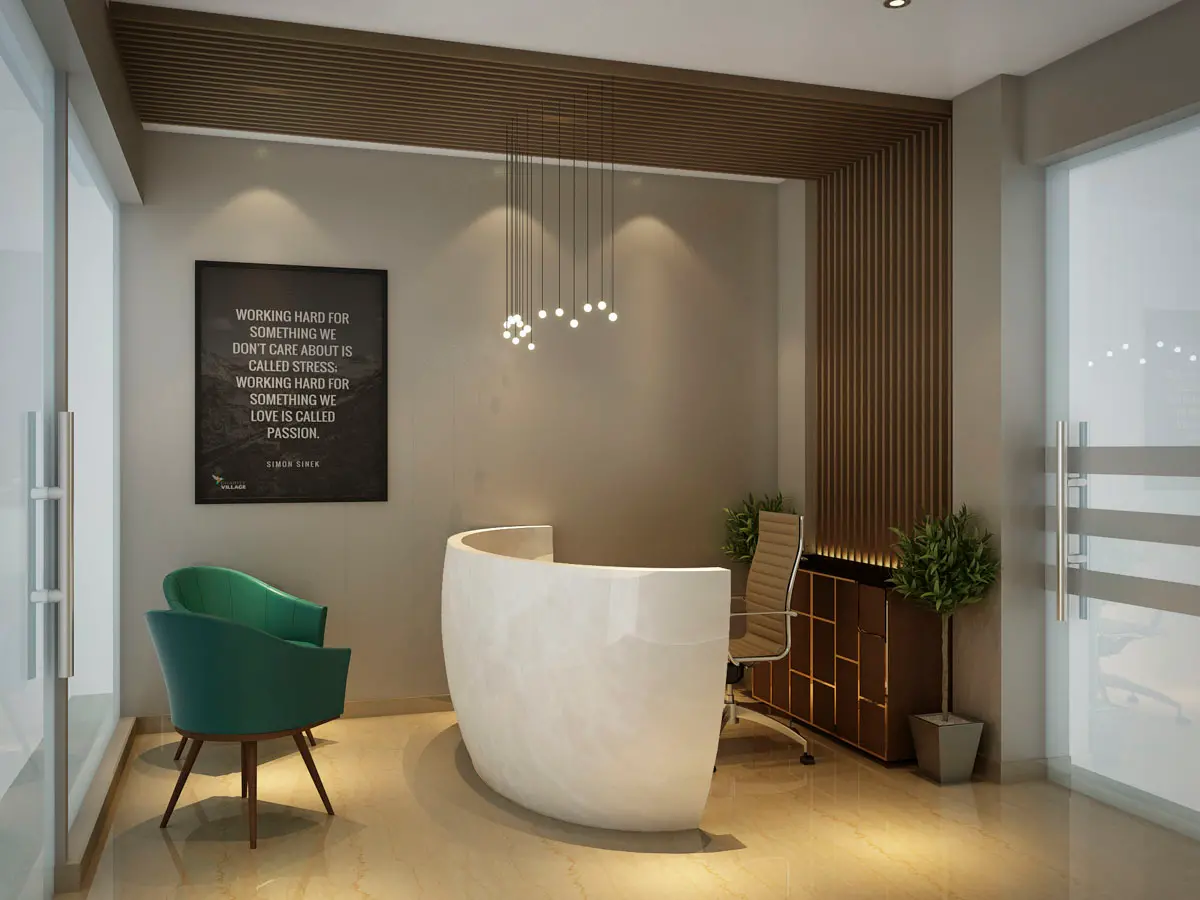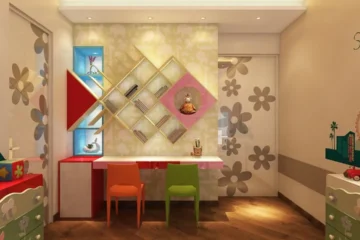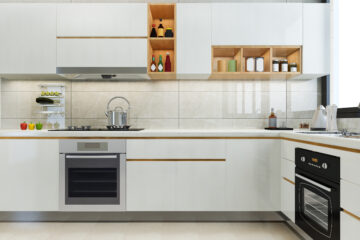When it comes to optimizing the productivity and efficiency of a small office, a well-thought-out interior design plays a pivotal role. The strategic use of space, colors, and furniture can create an inviting and functional workspace that fosters creativity and collaboration among employees. In this blog, we will delve into the world of small office interior design, exploring key design elements and clever solutions to maximize the potential of limited space.
Space Optimization
To begin with, a small office demands a thoughtful approach to space utilization. Rather than cluttering the area with bulky furniture, opt for multi-functional pieces that serve multiple purposes. For instance, installing wall-mounted shelves not only saves floor space but also acts as a display area for decorative items, adding a touch of personality to the workspace.
Additionally, employing sliding doors or glass partitions can create a sense of openness while maintaining privacy when needed. By incorporating such space-saving techniques, small offices can feel more spacious and less cramped.
Lighting and Colors
Proper lighting and color schemes are essential aspects of small office interior design. Bright, natural lighting can do wonders in uplifting the ambiance and improving the mood of employees. Consider placing workstations near windows to harness natural light and reduce the dependency on artificial lighting during daylight hours.
When selecting colors for the office walls and decor, opt for soft, neutral tones that create a calming and uncluttered atmosphere. Subtle accents of bold colors can be incorporated through decorative elements or furniture to add vibrancy without overwhelming the space.
Ergonomic Furniture
Comfortable and ergonomic furniture is crucial in ensuring the well-being of employees and promoting their productivity. Ergonomic chairs that provide proper lumbar support reduce the risk of back pain and enhance overall comfort during extended working hours.
Moreover, height-adjustable desks offer flexibility, allowing employees to switch between sitting and standing positions, promoting better posture and blood circulation. Investing in quality ergonomic furniture demonstrates a commitment to employee health and contributes to a more efficient and contented workforce.
Smart Storage Solutions
In small offices, effective storage solutions are paramount to maintain a tidy and organized workspace. Integrating built-in cabinets and drawers under desks or stairs can help keep office supplies and paperwork neatly stowed away, preventing clutter from accumulating on surfaces.
Incorporating vertical storage with wall-mounted shelves or racks not only frees up valuable floor space but also adds a visually appealing element to the office design. With everything in its place, employees can focus better and waste less time searching for items.
Conclusion:
Small office interior design is an art that balances aesthetics and functionality. By thoughtfully optimizing space, incorporating appropriate lighting and colors, investing in ergonomic furniture, and implementing smart storage solutions, even the most compact offices can become havens of productivity and creativity. Remember, the success of an office lies not in its size, but in its ability to inspire and empower those who work within it.
So, unlock the true potential of your workspace! whether you are revamping an existing small office or setting up a new one, apply these design principles to create a workspace that fosters collaboration, efficiency, and overall well-being for all its occupants



